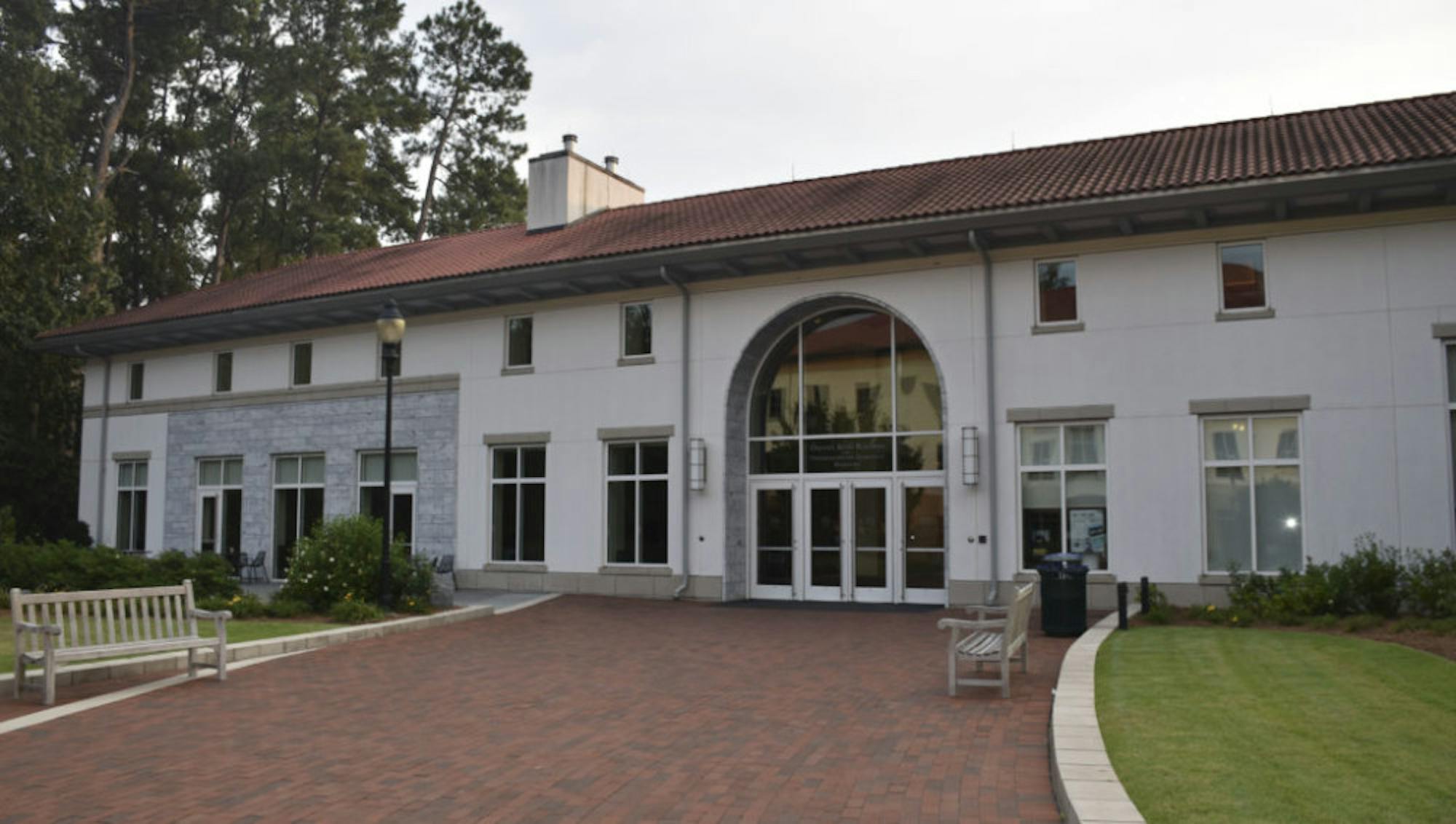
The Office of the Provost is attempting to increase the University’s undergraduate retention rate, according to Vice Provost for Undergraduate Affairs Pamela Scully. The project will unlikely be significantly impacted by the University’s transition to remote learning because of its long-term nature.
According to the presidential search prospectus, Emory’s first-year undergraduate retention rate currently sits at 95%, which is just below the 97% retention rate of peer institutions Washington University in St. Louis (Mo.) and Vanderbilt University (Tenn.). Scully said this 2% gap is significant despite its seemingly small size.
“For an institution that’s as good as Emory, with all our resources, it’s probably notable — why aren’t we higher?” Scully questioned.
The University calculates the retention rate based on the percentage of students who remain enrolled at Emory after each year. Students may leave for a variety of reasons, including transferring or medical complications. Preliminary analysis suggests that no particular demographic leaves the University at a higher rate, according to Scully.
Scully said she did not know why Emory’s retention rate is lower than that of its peer institutions, but predicted that interviewing more students and continuing to collect data may yield answers.
The office has looked at data regarding those who leave the University as undergraduates and has spoken to students who have remained to develop a comprehensive understanding of the retention rate.
One area that Scully proposed for improving retention is restructuring on-campus housing. Vice Provost for Enrollment Management Paul Marthers echoed this sentiment.
“We know there’s a direct correlation where institutions where larger numbers of students live on campus for four years or can live on campus for four years … tend to have higher graduation and retention rates,” Marthers said.
Scully explained that a 100% retention rate is not the office’s goal, as some students may find a better fit at a different University.
“We are just becoming more proactive in saying we really do want to know why some of our students go somewhere else, and we’d love for them to stay if this is the right place for them,” Scully said.
Scully also noted that this focus on retention rate is common among private universities, stating that “Emory is not unique in doing this kind of analysis.”
Director of the Office of Institutional Research and Decision Support (IRDS) Justin Shepherd has worked to analyze retention data from Emory and its peer institutions. Shepherd aims to help improve retention by identifying parts of the student experience that either need improvement or work exceptionally well.
“Moving from 95 to 96% — that’s only a one percentage point increase,” Shepherd said. “But to go from 95 to 96 is a lot different from if we were another institution trying to go from 50 to 51. That one point difference is going to mean a lot of additional investment for us.”






